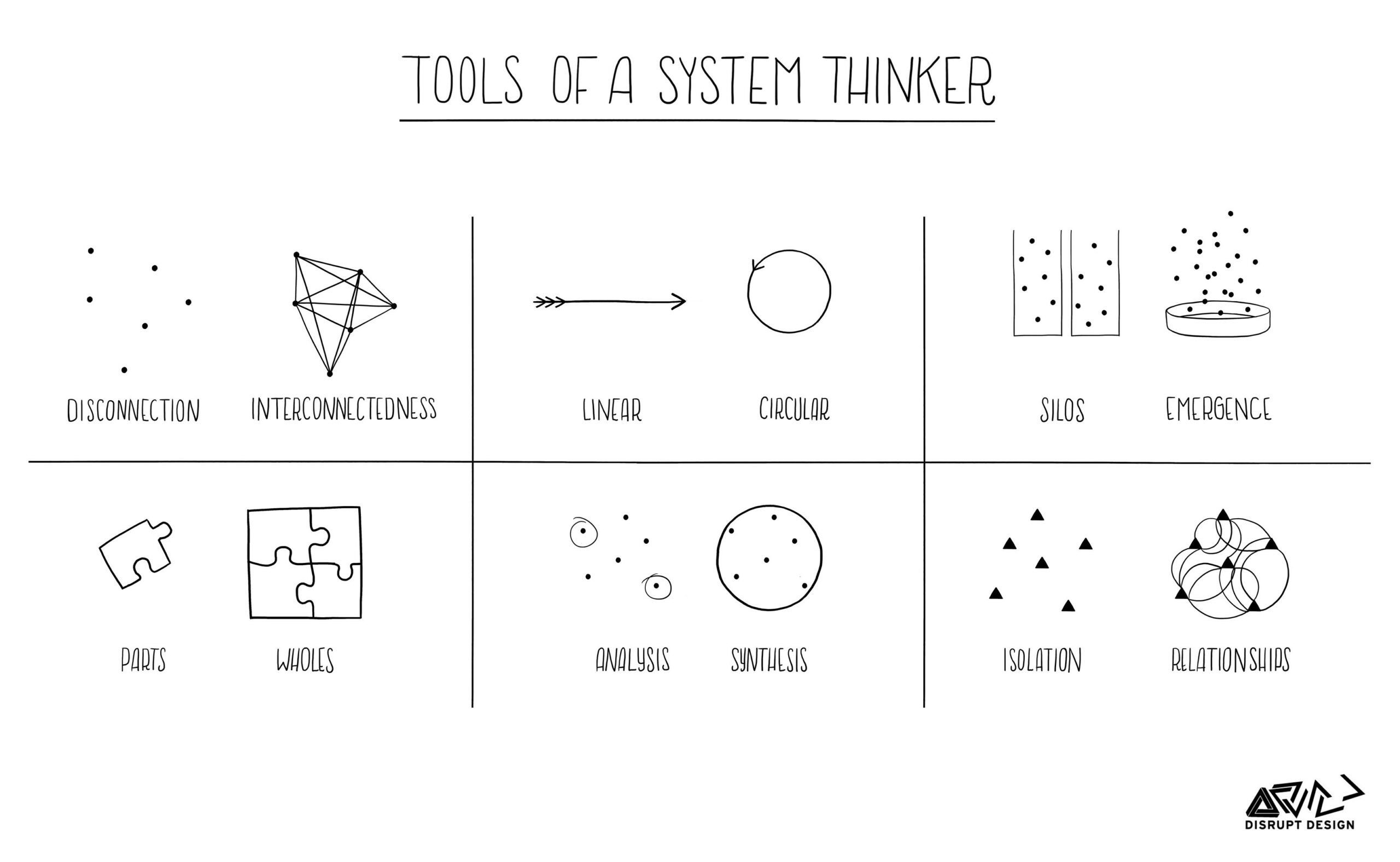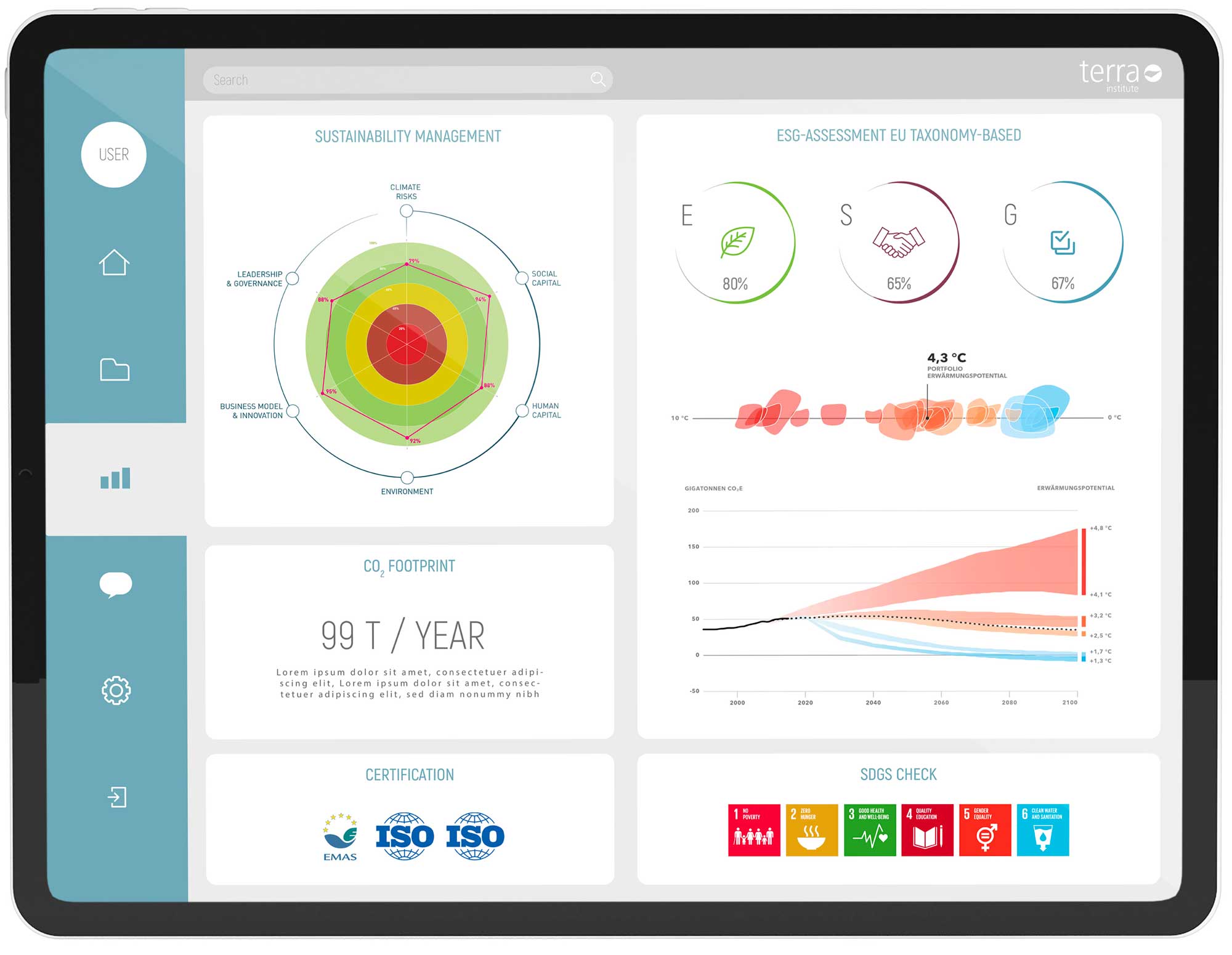TOGETHER WITH THE UNIVERSITY OF STUTTGART, THE MANAGEMENT CONSULTANCY COALAXY HAS IDENTIFIED THE KEY SUCCESS FACTORS FOR THE SUCCESS OF CIRCULAR PRODUCT DEVELOPMENT IN THE STUDY ‘RESILIENT PRODUCT DEVELOPMENT – CIRCULAR PRODUCT ARCHITECTURES FOR SUSTAINABLE PRODUCTS AND COMPANIES’. DIGITALISATION PLAYS A KEY ROLE HERE, WHICH IS STILL UNDERESTIMATED BY MOST COMPANIES. TWIN TRANSFORMATION: IN OUR ARTICLE, WE USE FOUR SUCCESS FACTORS TO WORK OUT HOW TO INTEGRATE DIGITALISATION INTO A PROMISING ROADMAP FOR RESILIENT PRODUCT DEVELOPMENT.
TWIN TRANSFORMATION – SUCCESSFULLY LINKING THE CIRCULAR ECONOMY AND DIGITALISATION
However, the transition to a circular economy requires the best possible coordination of information and material flows across the entire life cycle. Information on quantities and, above all, qualities of materials, components and products must be recorded and continuously updated. Updates to this information must be kept in the cycle so that all waste and product components become a reprocessable resource.
VALUE STREAMS AND SUCCESS FACTORS FOR CIRCULAR PRODUCT DEVELOPMENT
Companies that want to strategically prepare for the future opportunities of the circular economy should consider the five value streams of the circular economy. These so-called ‘R value streams’ are defined as a bundle of success factors that deliver added value for companies and their customers (see Figure 1). From the perspective of the study participants, the R value streams, together with the success factors assigned to them, represent the necessary ingredients for a successful entry into the circular economy.

Fig. 1: R value streams and success factors for circular product development
The REINFORM value stream takes into account the importance of digitalisation and data in the design of circular products as part of the five value streams. A key challenge here is to effectively generate, collect, process and make available again the wealth of information on the material composition of each individual product, its assembly and distribution, its utilisation patterns, its fate in the waste system, etc. All of this is necessary in order to establish functioning markets and cycles in the next step. Instead of relying on regulation, effective market-based solutions could emerge.
The reluctance of individual links in the supply chain to engage in cross-company and interoperable data exchange is also currently still a massive hurdle. According to the study ‘Data Sharing in Germany’ by the German Economic Institute, 58% of companies in Germany do not participate in data sharing. Furthermore, only 21% of companies share data, of which just 14% do so at a high level of intensity.
The dual transformation of digitalisation and sustainability to be initiated in most companies offers the potential to accelerate the implementation of the circular economy. However, the digitalisation of the circular economy must not be an end in itself, but requires appropriate guard rails for actual contributions to climate, biodiversity and resource protection, so that digitalisation does not become a fire accelerator of ecological destruction or rebound effects occur, which at least partially neutralise or even overcompensate for the efficiency potential created by digitalisation. If digitalisation can be made sustainable, it can make a decisive contribution to the circular transformation of the economy.
THE REINFORM VALUE STREAM AND ITS BUNDLE OF SUCCESS FACTORS
The Corporate Sustainability Reporting Directive (CSRD) is obliging more and more companies to collect a large amount of data that is currently not yet available in sufficient quality for auditing purposes. Instead of using this data exclusively for annual ex-post reporting, the pioneers of the circular economy recognise the value of this data for the strategic orientation of the company and the development of sustainable, circular products. ‘End-to-end verification’, ‘sustainable intelligence of the product’, ‘virtual mine’ and ‘convincing communication’ have emerged as success factors of the circular economy from the field of digitalisation.
CONSISTENT VERIFICATION MANAGEMENT
With ‘end-to-end verification management’, companies disclose which and how performance indicators on resource utilisation and the circular economy are used in product development and regular internal planning and control. The organisation explains how suitable processes ensure the reliability, comparability and consistency of data for internal management and external communication. For ‘continuous verification’, it is important to ensure that every data transaction is stored with an audit trail so that all data entering or leaving a system can be checked. Ideally, a separate role and authorisation concept for auditors is provided for in the systems. The audit itself should be part of every data-related process and provide for auditability before data is frozen as a separate test step. Consistent verification guarantees the organisation audit security. In addition, the organisation fulfils the requirements for the preparation and disclosure of CSRD information with a consistent audit trail.
SUSTAINABLE INTELLIGENCE OF THE PRODUCT
Along the value chain, a recyclable product comes into contact with a number of stakeholders who place legitimate demands on the product in terms of circularity, for example
• Regulators: e.g. local and legal framework conditions
• Consumers: E.g. ecological and social conditions for manufacturing the product
• Repair organisation: e.g. disassembly and spare parts information
• Disposers: e.g. environmentally friendly and resource-saving recycling
40% of the study participants are already considering a change in the stakeholder landscape and the changing requirements in architecture development. In future, a digital product passport will bundle this information for all stakeholders in a central location. Monitoring the condition of the product over the entire product life cycle makes it possible, for example, to recognise wear and tear at an early stage and thus extend the service life of the product through predictive maintenance and adaptive control in the various cycles depending on the condition. Digital product passports and circular analysis capabilities turn conventional products into ‘sustainably intelligent products’ and thus enable the maximisation of product service life.
VIRTUAL MINE
With a so-called ‘virtual mine’, manufacturers around the world hope to cover a large proportion of their own future demand for raw materials and materials with the highest possible return and collection rates for their products through recycling. Products equipped with sustainable intelligence are creating completely new raw materials markets as digital platforms for materials and components. The merging of supply and demand for waste and secondary materials can be revolutionised by internet-based solutions. In terms of a resilient, future-proof positioning, manufacturers are aiming in particular for guaranteed availability of the required materials and components as well as price stability. External dependencies, which can lead to supply bottlenecks, are to be minimised by these secondary material markets. Manufacturers who are already set up with product-as-a-service or leasing models can utilise the advantages of these models in the best possible way to set up a ‘virtual mine’, as the availability of the materials used can be predicted precisely.
CONVINCING COMMUNICATION
The legal requirements for the use of environmental claims are still unclear in many places. This gap can be exploited by companies to advertise with vague, unfounded or false climate promises. The Green Claims Directive is a directive that the European Union is currently launching. The aim is to create clear and transparent standards for the use of environmental claims for products and services provided by companies. Claims can only be made if they are scientifically verifiable (Bundesverband Nachhaltige Wirtschaft e.V. FAQ Green Claims Directive| BNW (bnw-bundesverband.de) [06.05.2024]). The growing awareness in society for sustainability and the circular economy as well as the radicalisation of individual activist groups require a serious dialogue with critics. For ‘convincing communication’ with critics and society, this dialogue must be underpinned by circular product architectures and all associated data.
THE REINFORM ROADMAP FOR INCREASING MATURITY
Companies that have recognised the potential of the circular economy and digitalisation should critically examine the identified R value streams and success factors and adapt them to their specific use case. The procedure should follow the ‘2 steps ahead’ principle. Companies proceed in two steps for each success factor in order to gradually move closer to their vision:
• Consistent verification management
Step 1: From manual to tool-supported verification management
Step 2: From information overload to genuine transparency
• Sustainable intelligence of the product
Step 1: From purely physical products to cyber-physical systems
Step 2: From planned to adaptive cycle management
• Virtual mine
Step 1: From primary to secondary materials
Step 2: From supply bottlenecks to guaranteed availability
• Convincing communication
Step 1: From general to scientifically proven environmental claims
Step 2: From green claims to a stable sustainable image
Companies pursuing the transformation to a circular economy must also accompany this with a robust and secure IT structure and professional change management. Figure 2 shows how the step-by-step transformation can succeed using REINFORM as an example.

Fig. 2: Roadmap for circular product development using the example of REINFORM
More information on the study ‘Resilient product development. Circular product architectures for sustainable products and companies.’ at www.COALAXY.com or message us directly office@terra-institute.eu.
Authors

Prof Dr Matthias Kreimeyer heads the Chair of Product Development and Design Engineering at the University of Stuttgart. He focusses on models, methods and tools for the planning and development of modern, complex and sustainable products and technical systems.

Merlin Stoelzle (M.Sc.) is a research assistant at the Institute of Construction Technology and Technical Design (IKTD) at the University of Stuttgart and focusses on the circularity of product architectures.

Dr Thilo Pfletschinger is managing partner of COALAXY, a consulting firm that focuses on strategy, innovation and mindset in the field of product sustainability. As an advisor and implementation partner, Thilo has been supporting transformations towards sustainability and the circular economy for more than 20 years, focussing on product development and innovation. For Thilo, the economic success of his clients with a positive impact on the environment and society is at the centre of his actions.










